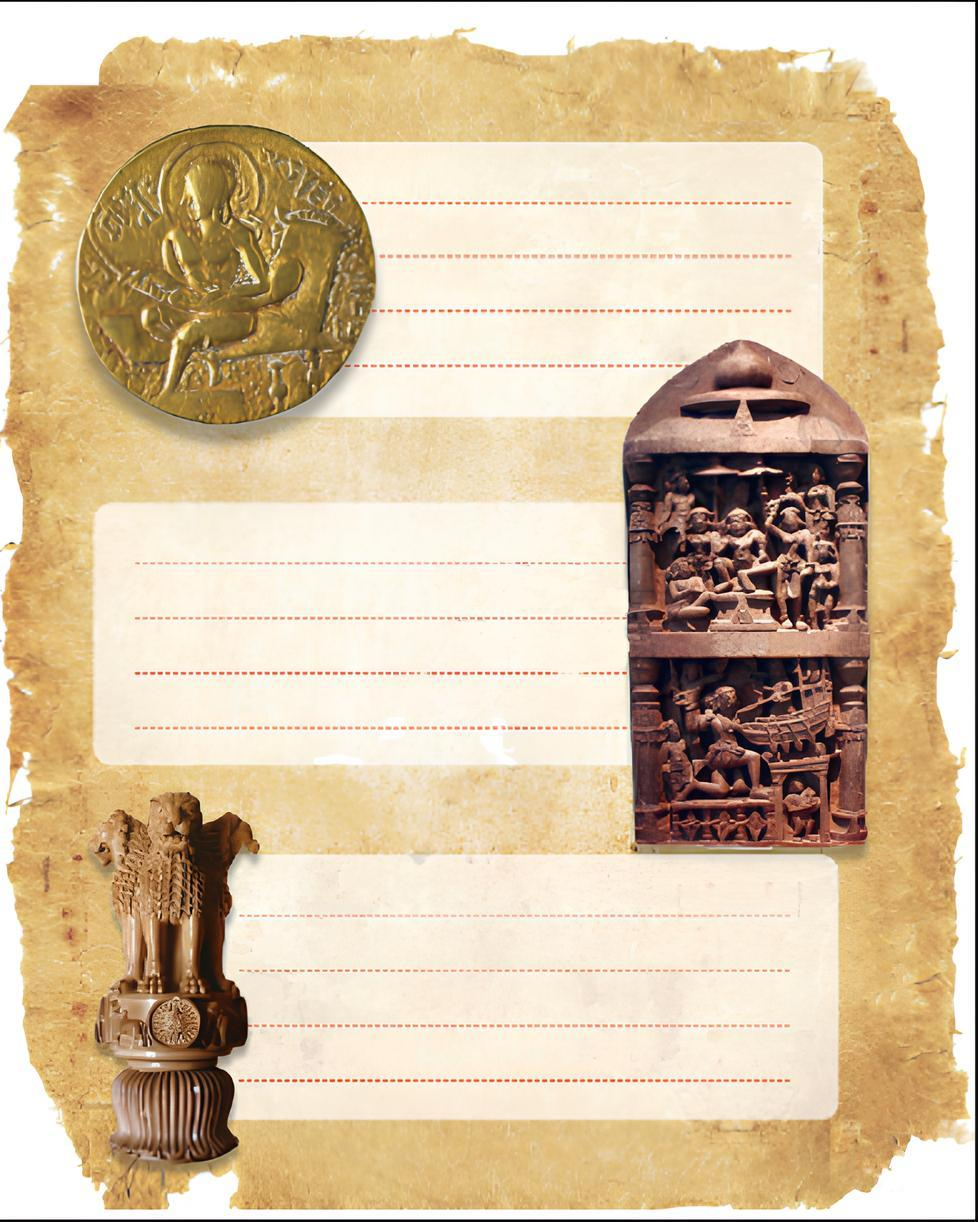NCERT Solutions for Class 6 Social Science Chapter 4:Timeline and Sources of History - FREE PDF Download
FAQs on NCERT Solutions for Class 6 Social Science Chapter 4 Timeline and Sources of History
1. What is a timeline in history?
A timeline is a graphical representation that shows the order in which events occurred over time, helping us understand historical sequences.
2. What are the different sources of history?
The main sources of history include written records, archaeological remains, oral traditions, and visual representations like paintings or carvings.
3. How does a timeline help in studying history?
A timeline helps organise events chronologically, making it easier to understand the sequence of events and their historical significance.
4. What is the importance of written records in history?
Written records, such as books, inscriptions, and manuscripts, provide detailed information about past events, rulers, and cultures.
5. What are archaeological sources of history?
Archaeological sources include artefacts, monuments, tools, and other physical remains found during excavations that provide insights into past civilizations.
6. Why are oral sources important in history?
Oral sources, such as folk tales and legends, help preserve historical knowledge, especially in societies that do not have a writing system.
7. What is the difference between primary and secondary sources of history?
Primary sources are original records or artefacts from the time being studied, while secondary sources are interpretations or analyses of primary sources.
8. How do NCERT Solutions for Class 6 Social Science Chapter 4 Timeline and Sources of History help in understanding timelines and sources of history?
NCERT Solutions provides simplified explanations and examples, making it easier for students to understand timelines and various historical sources.
9. How do historical sources help us learn about ancient civilizations?
Historical sources, such as artefacts and written records, give us valuable information about the culture, economy, and daily life of ancient civilizations.
10. Why is it important to study the sources of history?
Studying the sources of history helps us understand how historians reconstruct the past and gain a deeper insight into our heritage.


























